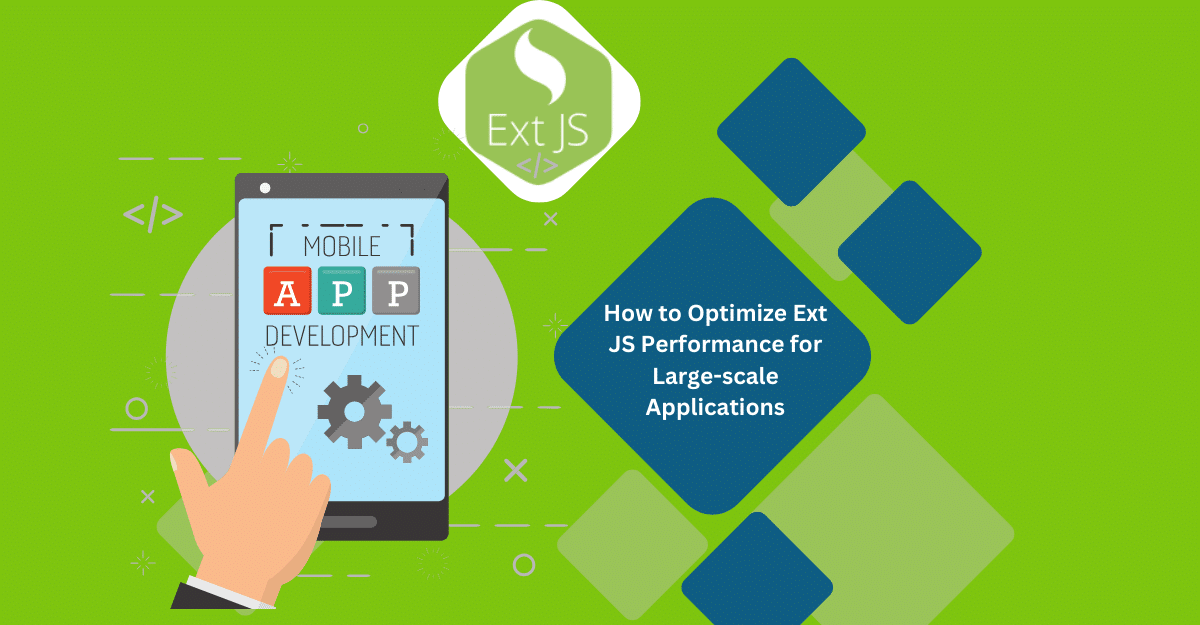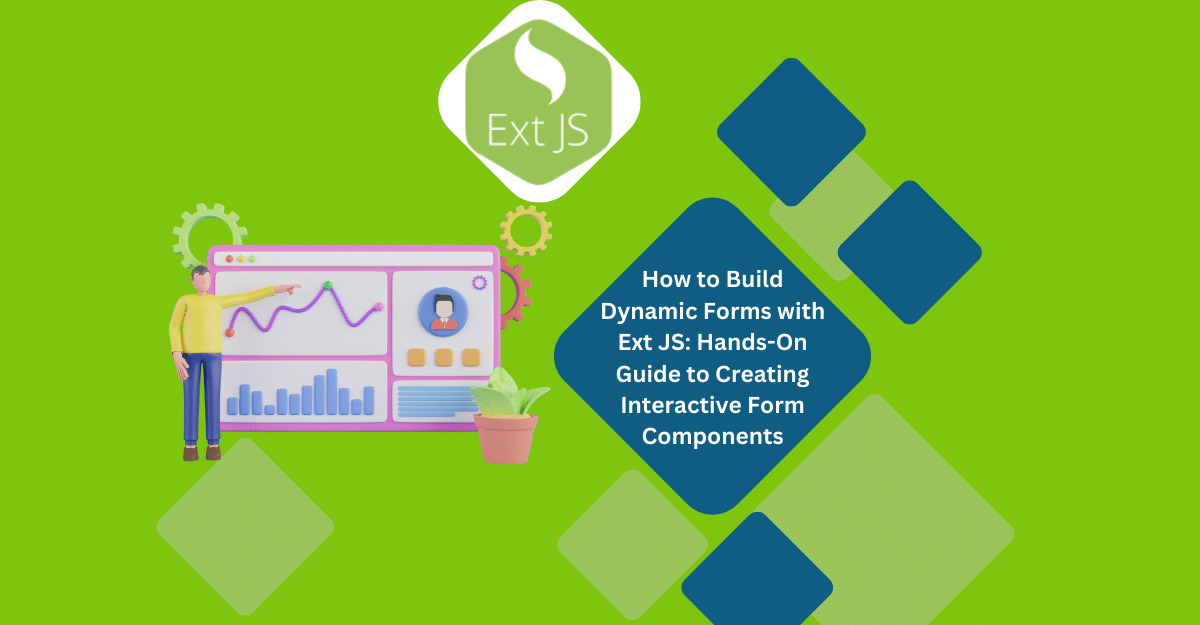Angular Material Components: They’re Not As Difficult As You Think
Today, many people use Angular to develop their web applications. This is because Angular is a prominent JavaScript framework that takes a component-based web application design and development approach. Angular material components offer an interactive user interface creation experience. But Angular has one downside. It has no pre-built components — developers either build them from scratch or get them from the community.
There are, however, several Angular Material component libraries to solve this problem. For example, Sencha ExtAngular provides 140+ pre-built UI components to help developers build high-performing web applications. It also offers several tools that make a programmer’s life easier. So, if you want to build high-performing web and mobile UIs using Ext Js Angular material components, then it is not as difficult as you think. Keep reading to find out why it is not complicated.
What Angular Material Components Can You Use?
ExtAngular provides more than 140 pre-built UI components. You can use Grid components to load millions of data points, perform data manipulation like sorting and grouping, and include robust analytics in your application. There are also Layout components that you can use to configure the sizing and positioning of all your components. Finally, you can use charts to add visual representations to your data.
How do You Use ExtAngular Generator to Create New Angular Material Components?
To make getting started easy, Ext Js includes the ExtAngular Generator to kick start new ExtAngular projects. To use it, you need to have Node and NPM installed. Once you have done that, access the Sencha NPM repository and install App Generator ‘ext-angular-gen’ command. Then, the ‘ext-angular-gen’ command creates an ExtAngular application form. From there you can start developing.
Since the generated application uses the webpack-dev-server to auto-reload the changes, the changes you make to your source code are immediately visible in the browser. There are many benefits to using the ExtAngular generator. It will make your life easier with best practices and tools that make you more productive.
How Do You Package and Optimize Your Application?
After you have completed your development tasks, optimizing and packaging the application is easy if you have the right packaging module. A webpack module is a way to bundle static modules for Angular applications. They enable developers to bundle their dynamic applications into a package of static files you can deploy to the server. ExtJs offers the ExtAngular Webpack Plugin to bundle and optimize the ExtAngular material components of an Angular web application. To be most efficient, use Webpack 4+ to build your ExtAngular application. To make it even easier, the plugin works with Sencha Cmd.
How does ExtAngular TypeScript Definitions Help Your Development?
Automatic code completion will help you reduce development time and be more productive.
ExtAngular TypeScript definitions provide code completion functionality in several code editors, including Visual Studio Code. Using typescript definitions, developers can also avoid the usual code errors. From these definitions, developers can quickly identify imports and exports, variable and function types, create tests for the code, and much more.
How Do You Easily Add Themes to Your Components?
No web application with Angular material components is complete without themes. With ExtAngular, you can always use the existing default themes. However, you can also develop your own themes or add a standardized theme to maintain consistency across your company’s applications.
It can be time-consuming to develop themes from scratch, but it can be easy if you use the Sencha Themer. The Sencha Themer allows you to add unique themes to your components and provides your Angular application with a different look and feel. With Sencha Themer, you can develop compelling themes without writing any code.
How Do You Easily Learn Angular Components?
Suppose you are a beginner learning Angular material components. It is easy if you have a way to try out code in the browser, and Sencha Fiddle provides you with that ability. It is a free tool you can access from the browser, and you do not have to download or install anything to work with it. You can also add packages and use the Sencha Inspector to try out your application. After writing your code, you can also save and share the fiddle URL with others.
How Do You Use Sencha Test?
After testing your application with Angular Material components, it is imperative to carry out End-to-End testing to verify that the functionality is working correctly. Sencha Test contains support for end-to-end testing of ExtAngular and Angular applications. Using the Sencha Test tool, you can enhance the quality of your application and save time testing your Angular applications.
Are You Ready to Get Started with ExtAngular UI Components?
Today, Angular material components are the major building blocks of an Angular-based web application. There are several Angular Material Component libraries, and Sencha ExtAngular UI components provide you with flexibility. ExtAngular UI components and their tools make development easier. You can easily learn ExtAngular components using Sencha Fiddle and ExtAngular Generator to kick start a new ExtAngular project. TypeScript definitions will help you autocomplete your code, and Adding themes is easy with Sencha Themer. Overall, developing with Angular material components is not hard. With the right tools in hand, it is actually a smooth experience!

Are you facing issues with Ext JS applications’ performance as they scale up? Don’t worry!…

Dynamic forms are changing the online world these days. ExtJS can help you integrate such…

In modern software development, unit testing has become an essential practice to ensure the quality…



 Rapid Ext JS (beta)
Rapid Ext JS (beta)











